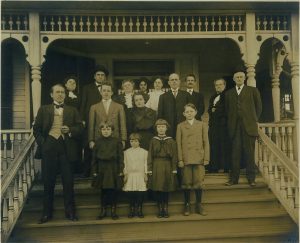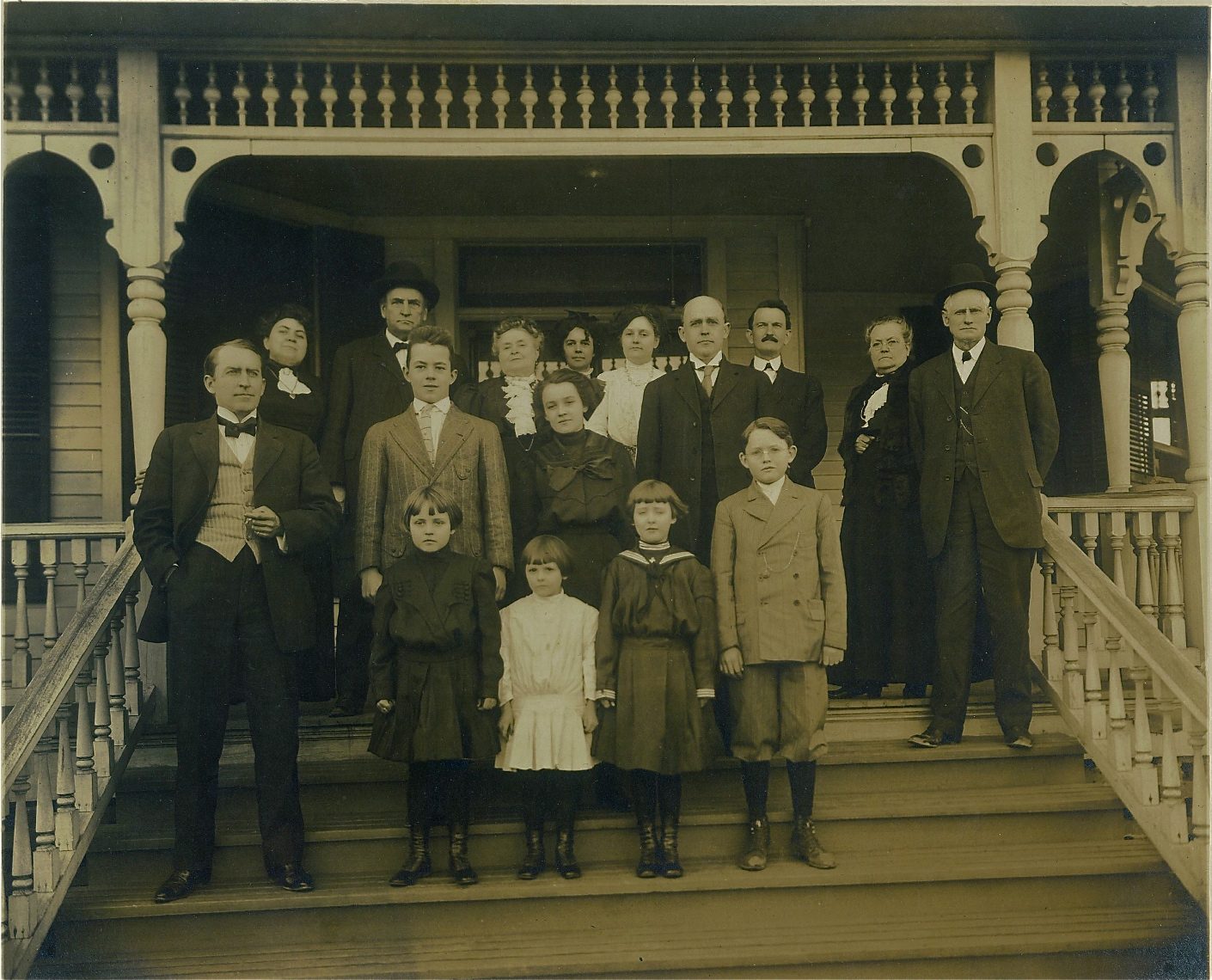TUSCALOOSA, Ala. — For three generations, one family from north Alabama – the Bankheads — became fixtures on the American landscape. Their improbable run to national prominence is traced in The University of Alabama’s Center for Public Television’s documentary “The Bankheads.”
“The Bankheads” will air statewide on Alabama Public Television at 8 p.m. Thursday, Oct. 13, and 5:30 p.m. Sunday, Oct. 16.
Featured in the documentary are Dr. Kari Frederickson, UA professor of history, and
Dr. Samuel L. Webb, adjunct lecturer in history.

With exploits that began on the eve of the Civil War and went through the Civil Rights movement, the Bankheads left a legacy that continues to occupy a special place in American history. Patriarch John Bankhead Sr. spent years in the U.S. House of Representatives and finished his career in the Senate, where he became known as the Father of the Good Roads Movement.
The first southern transcontinental highway completed by the federal government was named the Bankhead National Highway. It ran from Washington, D.C., to San Diego and was named in his honor. John Sr.’s son William was elected to the House of Representatives, and the father-son duo occupied both chambers of Congress until John Sr.’s death in 1920.
William continued to serve in Congress, where he rose to become Speaker of the House in 1936. His leadership in guiding Franklin D. Roosevelt’s New Deal policies through the legislative process was instrumental during the Great Depression.
He was joined in Washington by his brother, John Jr., who was elected to the Senate in 1930. John Jr. became a champion for American agriculture, helping to write legislation that helped farmers through the Depression. While the brothers served in the nation’s capital, their sister Marie Bankhead Owen became the second director of the Alabama Department of Archives and History in Montgomery, a post she held for 35 years of growth and development.
But the name that would eclipse all others belonged to William’s second daughter, Tallulah. Tallulah rose to fame in New York City and London during the 1920s. Her fiery, uninhibited performances (on-stage and off) endeared her to legions of devoted fans. With an outsized persona that often overshadowed her work in theatre and film, her legacy remains a complex picture of a hardworking actress, free spirited socialite and devoted political activist, a role that often put her at odds with her family’s native Alabama. Her death in 1968 signaled the quiet disappearance of the Bankheads from the national stage.
“The Bankheads” was produced by Robert Briscoe and Adam Morrow of the Center for Public Television and Radio. Along with associate producers Mary Dixon Recio and Catherine May, the small team took the project from research through finished film with the help of the Bankhead House and Heritage Center in Jasper and the Alabama Department of Archives and History in Montgomery, along with others.
The Center for Public Television is part of UA’s College of Communication and Information Sciences.
Contact
Richard LeComte, media relations, rllecomte@ur.ua.edu, 205/348-3782
Source
Robert Briscoe, executive producer, Center for Public Television & Radio, robert.briscoe@ua.edu
